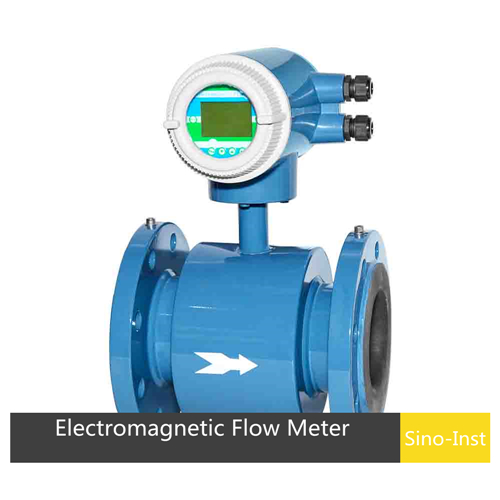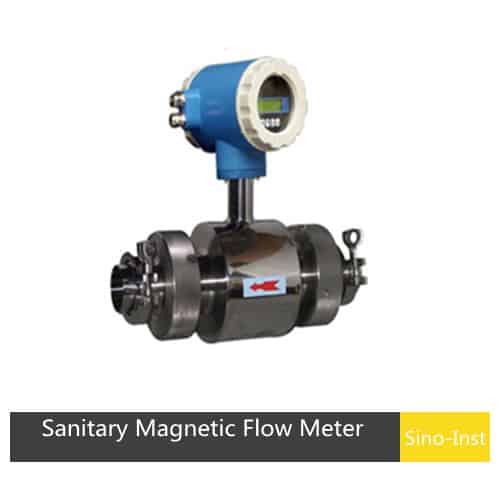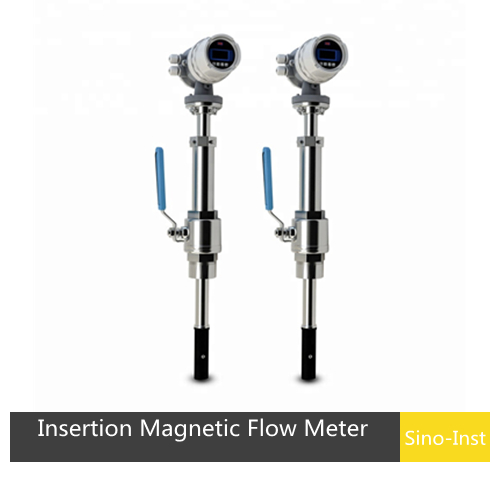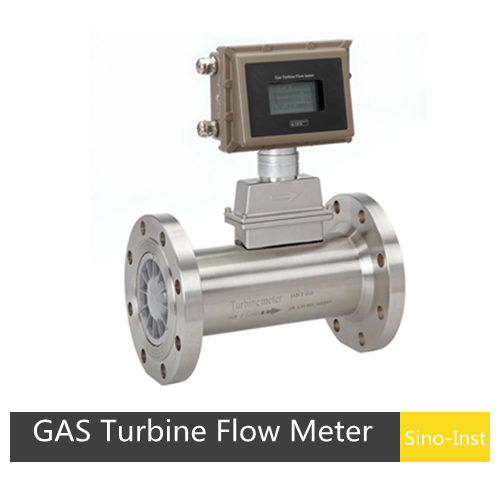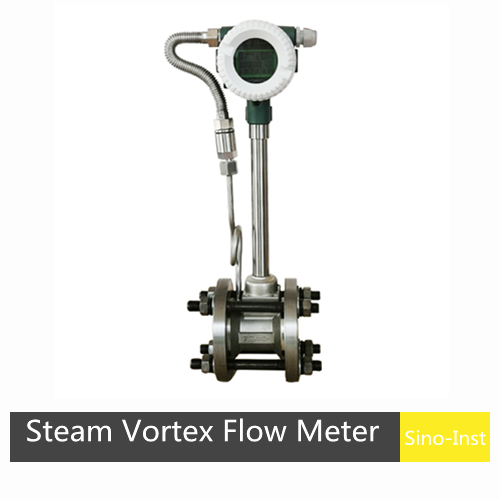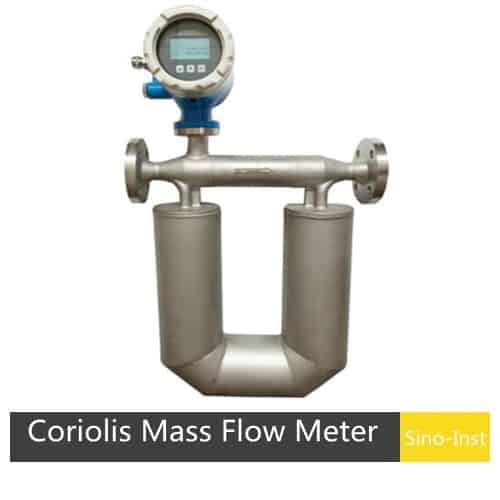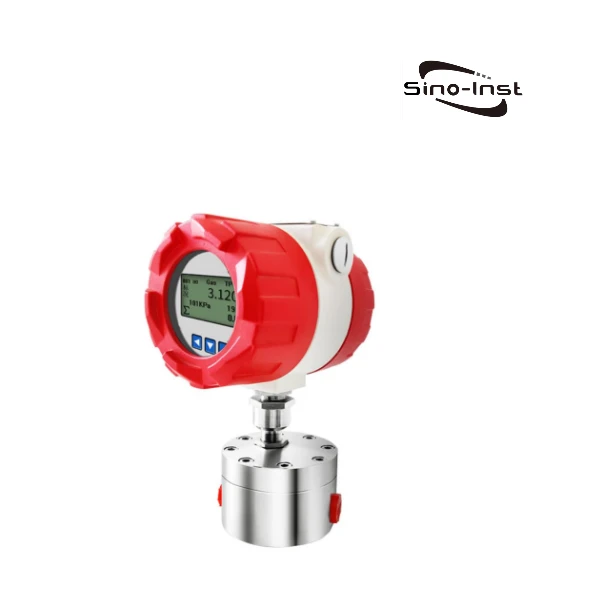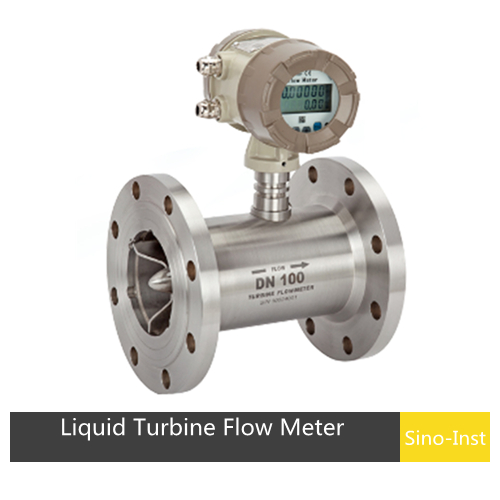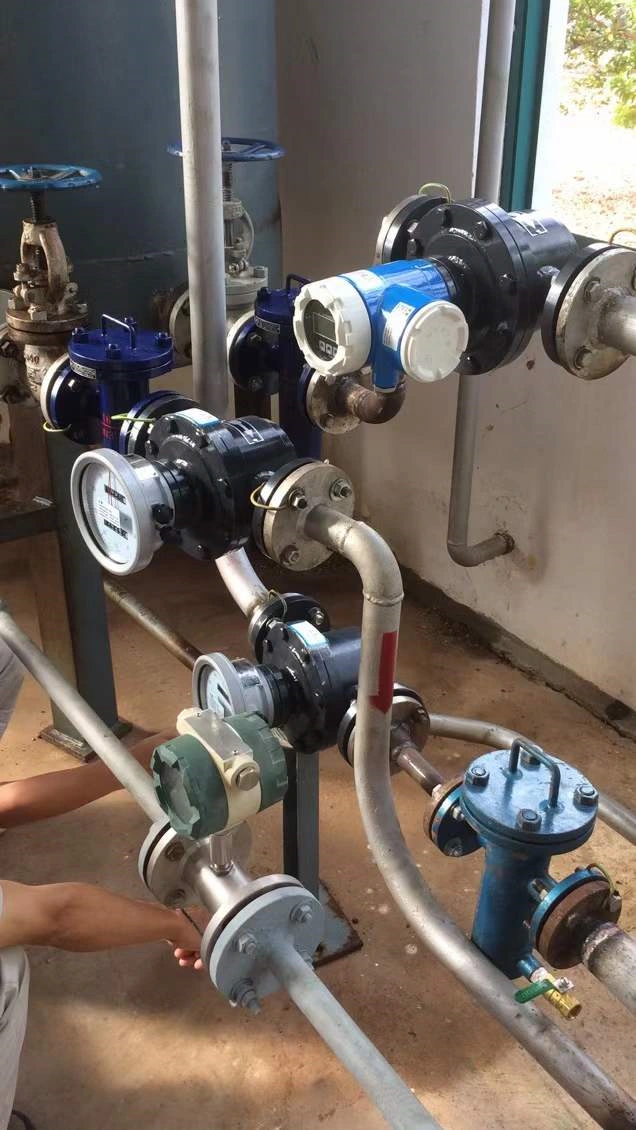
Inline flow meters, also known as in-line flow meters, are devices that directly measure the flow rate of fluid in a pipe. They are designed to fit into the pipeline, and the fluid passes through the meter for measurement. This arrangement allows inline flow meters to provide highly accurate readings, making them an essential tool in various industries, including manufacturing, oil & gas, wastewater treatment, and more.
So, what’s our plan for today? We’re going on a journey of discovery – uncovering what inline flow meters are, exploring their importance, and unveiling their uses across industries. And the best part? We’ll present you with a selection list of top-notch industrial inline flow meters, guiding you to make the perfect choice for your specific needs. Strap in, and let’s get flowing!
What are Inline Flow Meters?
Imagine you’re on a superhighway, watching countless cars zooming past. Now, think of an inline flow meter as the clever device counting each vehicle, measuring how fast they’re going, and even noting down their type! Except, in our case, the ‘vehicles’ are units of a fluid or gas passing through a pipeline, and the ‘highway’ is any industrial process that depends on the precise measurement of that flow.
Inline flow meters are installed directly within the flow of liquid or gas, monitoring the rate of flow in real-time. From clean water to thick syrups, from hot steam to cold oil, they keep track of it all.
Working Principles
Each type of inline flow meters works a bit differently, but they all share the same mission: measure that flow!
- Turbine flow meters use a freely rotating turbine in the fluid path. The fluid’s velocity makes the turbine spin, and the speed of that spin gives us the flow rate.
- Ultrasonic flow meters send sound waves across the pipe. The speed of the sound wave, influenced by the moving fluid, tells us the flow rate.
- Positive displacement flow meters work like tiny buckets, filling and emptying compartments of fluid. The frequency of this process equates to the flow rate.
- Electromagnetic flow meters create a magnetic field across the pipe. When the fluid moves through this field, it generates voltage proportional to the flow rate.
- Vortex flow meters create swirls or vortices in the fluid. The frequency of these vortices, caused by an obstacle in the flow, gives us the flow rate.
- Mass flow meters measure the mass of the fluid directly, typically using thermal properties or the Coriolis effect, offering highly accurate readings.
Key Features and Benefits
Inline flow meters are like the multi-tool of flow measurement – compact, versatile, and handy. Their key features include:
- High Accuracy: These devices offer reliable, precise measurements, which is critical in many industrial processes.
- Broad Applicability: They can measure a wide range of fluids, from low-viscosity liquids to gases, and are suitable for both low and high flow rates.
- Durable & Robust: Inline flow meters are built tough, designed to work reliably even under harsh conditions.
- Ease of Installation: As they are installed directly in the flow path, it’s typically a straightforward process to get them up and running.
These features translate into significant benefits for industries: improved operational efficiency, optimized process control, and significant cost savings in the long run. Simply put, inline flow meters are the pulse-checkers of your process pipeline, keeping everything running smoothly and efficiently.
Inline Flow Meter Applications
Inline flow meters are like the versatile actors of the industrial world, playing different roles in different scenes. Here’s a glimpse into some of these scenes across various industries:
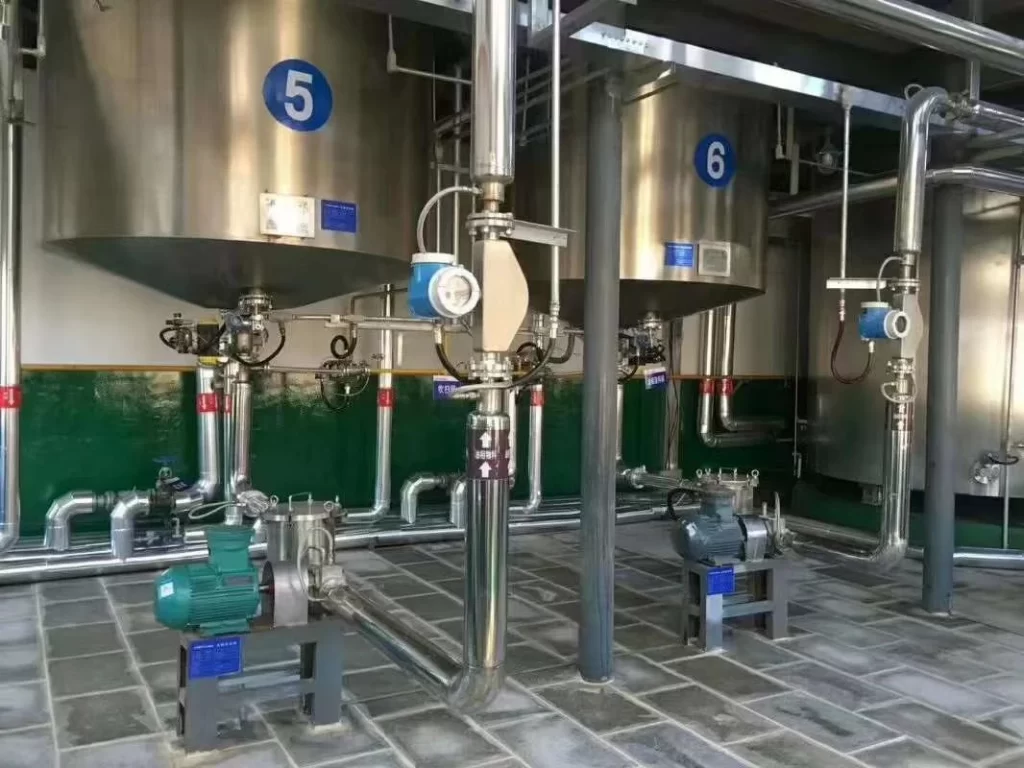
How to Choose the Right Inline Flow Meters?
Choosing the right inline flow meters can seem like a puzzle, but don’t worry. Here are some key factors to consider:
- Type of Fluid: Is it a liquid or a gas? Is it clean, or does it contain particles or bubbles? Is it conductive? Different meters excel with different types of fluid. For instance, electromagnetic flow meters work great with conductive fluids like water, while positive displacement meters handle viscous fluids like oil or syrup with ease.
- Flow Rate: Do you need to measure low flows, high flows, or somewhere in between? Turbine and ultrasonic flow meters work well at higher flow rates, while positive displacement meters are good for low flow rates.
- Accuracy Requirements: How precise do your measurements need to be? If you need highly accurate readings, a mass flow meter or an ultrasonic flow meter may be the best choice.
- Installation Requirements: Do you have enough space for an inline meter, or would an insertion meter be better? Can the pipe be shut down for installation, or do you need a hot tap installation? The answers to these questions can significantly influence your choice.
- Environmental Conditions: Is the meter exposed to extreme temperatures, corrosive fluids, or high pressure? Choose a meter that can withstand your specific conditions to ensure longevity and reliable operation.
- Budget: Last but not least, consider the cost. Some meters may have a higher initial cost but lower operating costs, or vice versa. Take a holistic view of costs, including installation, maintenance, and lifespan.
Now, you might be wondering – how can I possibly keep track of all these factors? Here’s a pro tip: create a checklist with these points, and rate each flow meter type against each factor. This way, you can easily visualize which meter checks all (or most) of your boxes.
Remember, the right flow meter is the one that best suits your specific needs. Just like a tailor-made suit, it should fit your process perfectly, enhancing its efficiency and accuracy.
More Flow Measurement Solutions
High-Performance Marine Fuel Flow Meters | Save Your Costs!
Industrial Fuel Flow Meters – Choose the Right one for You
Mass Flow Rate and Volumetric Flow Rate: Key Differences and Conversion
Top Guide to CO2 Flow Meters
Ultrasonic Clamp on Flow Meter for Quick & Easy Measurements
What Is a 4 to 20 Milliamp Signal?
FAQ
Inline flow meters come in various shapes and sizes, each with its unique features and benefits.
Choosing the right inline flow meter can be a challenging task, especially with all the technical jargon and the myriad of options available. But don’t fret – that’s where we come in!
Here at Sino-Inst, we’ve spent years honing our craft, providing our customers with a comprehensive range of top-quality inline flow meters. We’re more than just suppliers – we’re a team of experienced professionals dedicated to helping you find the best flow meter for your specific needs. We offer both off-the-shelf products and customized solutions to ensure you get the perfect fit for your unique situation.
Remember, in the world of flow measurement, precision, reliability, and durability are key – and that’s exactly what we deliver at Sino-Inst. Let us help you make your operations flow smoother than ever. Contact us today!
-1.jpg)
